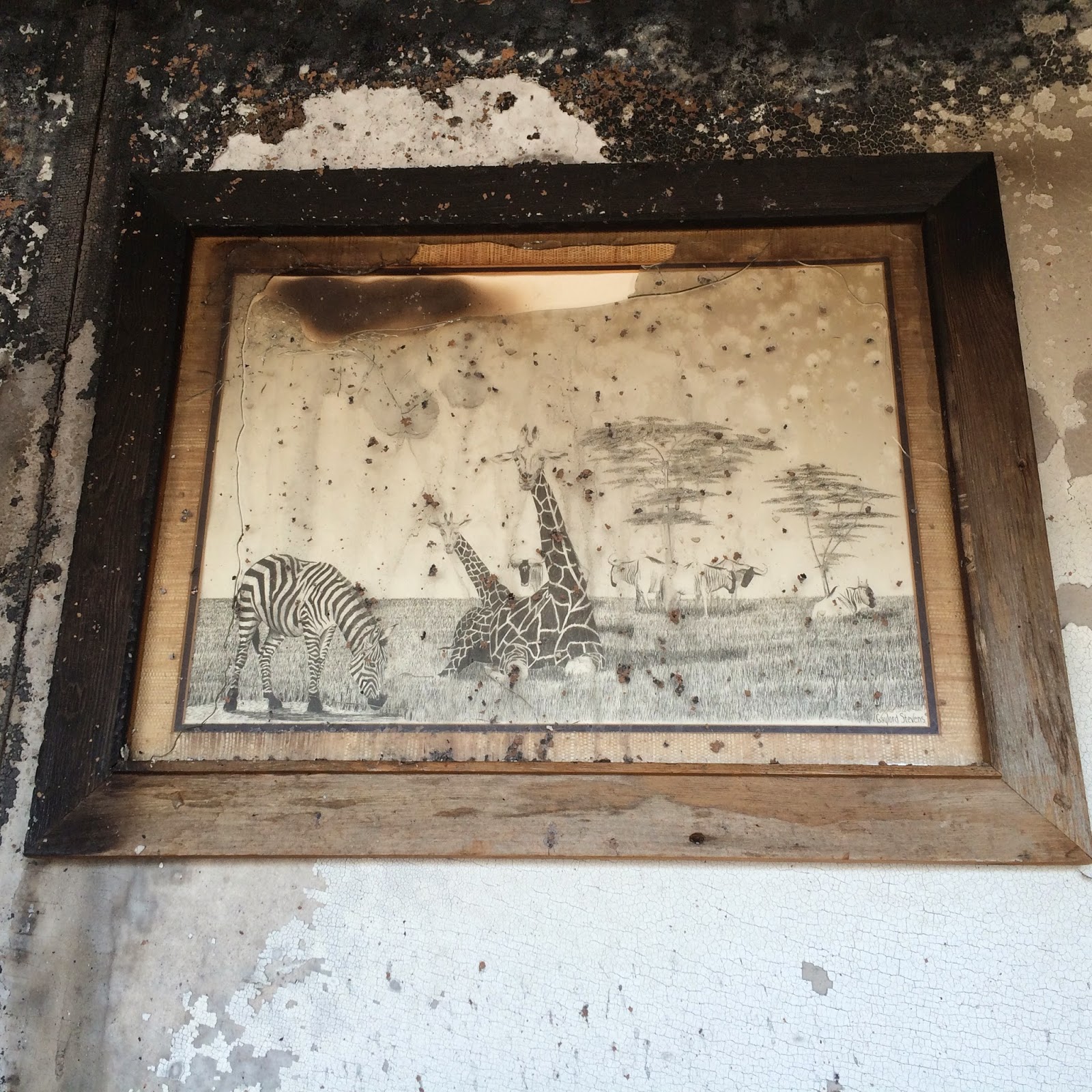So, a tabletop exercise is like acting in a play about disaster, except that you play out your own job title/position to help your agency or institution practice their response to a disaster and figure out what was good and what was lacking. In this case, none of us are actually staff members in the mock institution we were given so we were actually “actors” in this play. I don’t think many of us had heard of tabletop exercises, much less participated in one, so this experience was pretty fascinating stuff for the class.
Here was our background story, so to speak, for the scenario:
The scenario in the exercise was set in the fictional small town of Landerville, Ohio, which sits near a dam that is considered “High Risk”. We chose, as our institution, to have a 4-level library, including a basement. The basement housed much of the digital technology as well as the map collections. First floor included much of the textile artifacts (AKA period clothing), while the reference items, children’s area, and reading areas were on the second and third floors. There were 10 roles/positions to be played, including a lowly mail clerk, a conservator, reference librarian(s), two assistant directors, and the senior director of the hypothetical library, all with different ages, socioeconomic backgrounds, and personality quirks.
The entire class was given FEMA’s Incident Command System Organization chart for disaster planning before the tabletop exercise was to begin. I, acting in the role of Senior Director, was given an additional insert with so-called “privileged information” for when the scenario was posed; it was basically background information on the city dam that listed some of the issues currently occurring and some of the possible consequences of a structural failure, things like the time it would take for the water to reach the city, how high the water would ride and when it would hit that peak, and how long it would take for those waters to recede. That last bit of info turned out to the only bit that the rest of the “staff” did not have.
Over the course of the exercise, the team was given information about the scenario while the facilitator gave us questions to think about in our planning and every so often, she threw in an inject (usually in the form of an emergency bulletin) that gave us new information, the dam actually failing or the water finally reaching town. It sort of threw us in high gear each time it happened and showed us how truly short on time you are in a disaster situation.
Throughout the exercise, we had to deal with staff members who didn’t show up or left early, mandatory evacuation orders, possible thieves or vandals after the floodwaters receded, and possible mold infestation because of 12 feet of water flooding the institution. As I said earlier, it really made it clear that when a sudden emergency strikes, there’s not much time to make decisions and get things done. We had to try to determine on the fly what was a priority item or collection that should be moved. Even at full capacity, it would be difficult to get done because how time-consuming it is to carefully pack and move delicate items.
We learned two major lessons from the exercise:
1. How important it is to have a disaster plan ahead of time
2. How important it is to organize your institution/collection responsibly
3. Know what your highest-priority items are, all the way down to the least priority
That brings the fascinating and intense experience that was our class to end this semester. The class truly provided insight into a part of library sciences that is not often thought of: disasters & risk planning. I think I speak for the entire class when I say that we thoroughly enjoyed Cultural Heritage Disasters; the burning, the flooding, and even the mold!

































 i
i











